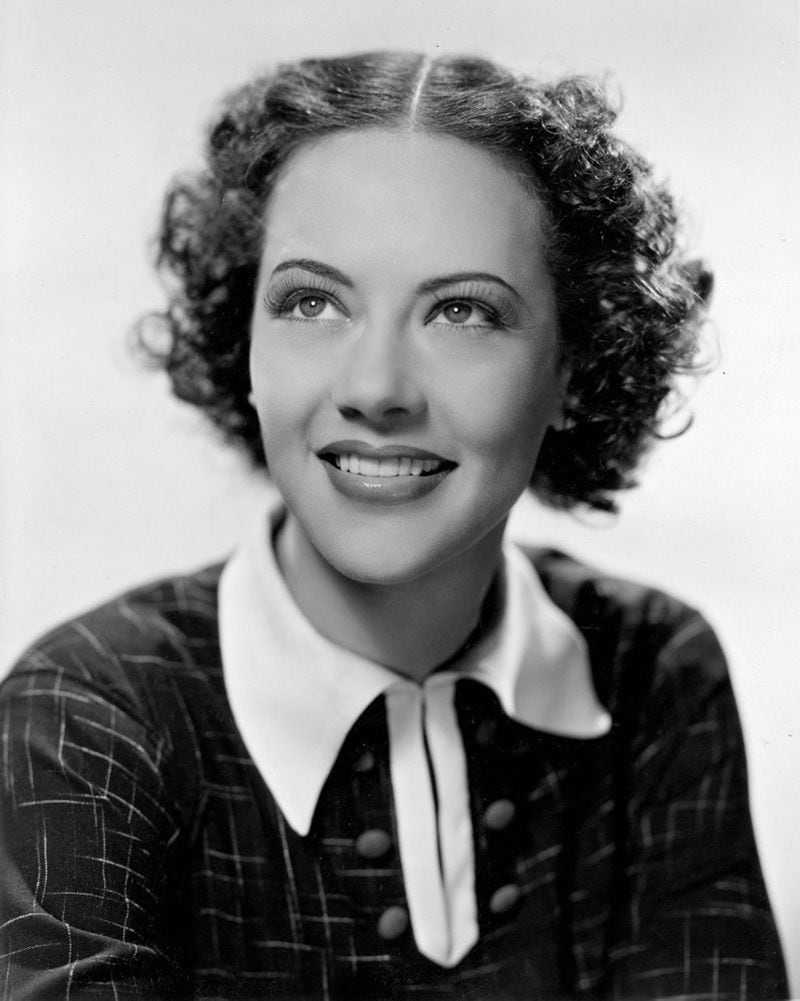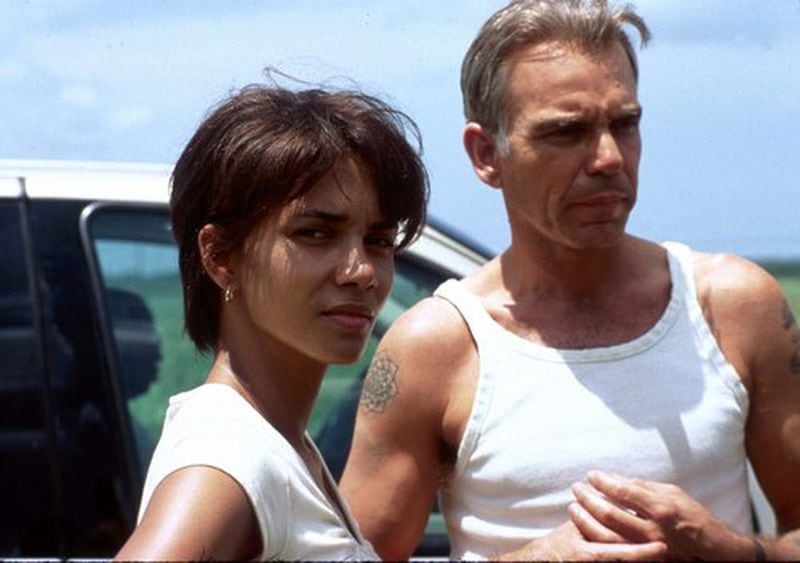Past depictions give way to today’s biracial pride

[ad_1]
The most infamous depiction of the tragic mulatto was in the 1915 film “The Birth of a Nation,” in which a character “passes” for white, and leads Blacks in a rampage against whites.
Fredi Washington was more than just a Harlem Renaissance actress. Off-screen she was an activist who worked to uplift the race.

Fredi Washington was more than just a Harlem Renaissance actress. Off-screen she was an activist who worked to uplift the race.
“If light enough to ‘pass’ as white, she did, but passing led to deeper self-loathing,” reads an explanation on the website of Ferris State University, where the Jim Crow Museum is based. “She pitied or despised Blacks and the ‘Blackness’ in herself; she hated or feared whites yet desperately sought their approval. In a race-based society, the tragic mulatto found peace only in death.”
Today, the term “mulatto” is considered extremely offensive. And “tragic” is far from the self-description of those who identify as biracial. About 2% of Americans identified themselves as multiracial in the 2010 U.S. census.
Black filmmakers such as Oscar Micheaux worked to counter the negative portrayals of biracial people in movies such as the 1920 silent film, “Within Our Gates,” in which the main character is encouraged to embrace her Black heritage. Oscar Micheaux worked to counter the negative portrayals of biracial people in movies such as the 1920 silent film, “Within Our Gates,” in which the main character is encouraged to embrace her Black heritage.
Pioneering Black filmmaker Oscar Micheaux worked to counter the negative portrayals of biracial people in movies such as the 1920 silent film, “Within Our Gates,” in which the main character is encouraged to embrace her Black heritage. (Wikimedia Commons)
Credit: Wikimedia Commons

Credit: Wikimedia Commons
Pioneering Black filmmaker Oscar Micheaux worked to counter the negative portrayals of biracial people in movies such as the 1920 silent film, “Within Our Gates,” in which the main character is encouraged to embrace her Black heritage. (Wikimedia Commons)
Credit: Wikimedia Commons
Credit: Wikimedia Commons
In the mid-20th century, with few roles available for Blacks in film, light-skinned actresses such as Dorothy Dandridge became stars for playing “tragic mulattas” who use their beauty to seek acceptance and love from whites, only to fail in the effort.
Such roles dwindled during the civil rights era. But more-recent cinematic roles have sparked discussions about whether they are variations of the “tragic mulatto” legacy.
Halle Berry won an Academy Award for her role in the 2001 film “Monster’s Ball.” Some argued that the role harkened back to the Tragic Mulatto trope.
Credit: AP

Credit: AP
Halle Berry won an Academy Award for her role in the 2001 film “Monster’s Ball.” Some argued that the role harkened back to the Tragic Mulatto trope.
Credit: AP
Credit: AP
One example, some say, is the character Halle Berry portrayed in “Monster’s Ball,” the 2001 film that made Berry the first Black woman to win an Oscar for best actress in a leading role. Another example is the malevolent Sgt. Waters character in the 1984 film “A Soldier’s Story,” a murder mystery steeped in white vs. Black — and Black vs. Black — racism.
[ad_2]
Source link
